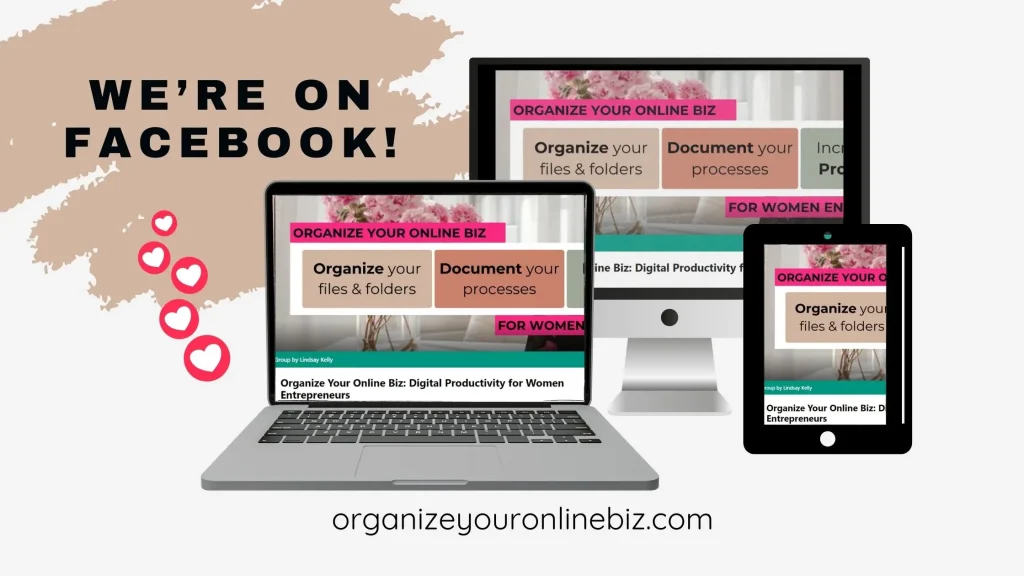Google Sheets Monthly Budget Template: The Best Way to Organize Your Finances
A Google Sheets Monthly Budget Template helps you track your online business expenses, plan your income, and stay financially organized without needing accounting software. It’s one of the simplest and most powerful tools you can use to stay in control of your money, and keep your business running smoothly.
Table of Contents
This post may contain affiliate links, which means I receive a commission at no cost to you when you make a purchase. I only recommend products or services that I personally use and believe will be beneficial to my readers. Thank you for your support!
Why You Need a Google Sheet Monthly Budget Template
Running an online business means juggling multiple expenses, from domain renewals and software subscriptions to digital tools, course purchases, and maybe even virtual assistant support. These costs sneak up fast, and if you’re not careful, they’ll blow your budget wide open.
A budget template gives you a bird’s-eye view of what’s coming in and what’s going out every month. It helps you make decisions like:
- Can I afford that new course right now?
- Am I spending too much on tools I rarely use?
- How much should I save for annual renewals?
You don’t need fancy bookkeeping software to do this. A Google Sheets Monthly Budget Template does the job with less tech and more flexibility. Plus, Google is free! Bookkeeping software is notoriously expensive.
What to Include in Your Google Sheets Monthly Budget Template
There's no right or wrong answer here, but there some general items that should be tracked. Here’s what your budget template should include to give you a complete financial picture:
Monthly Overview
Start with a quick glance at your business finances. Include:
- Total income – add up income (money in) from all sources: products sold, services provided, affiliate income, etc.
- Total expenses – add up all expenses (money out) from all sources: platform fees, payment provider fees, courses, related memberships, tools (I like Rightblogger, Sunama, etc.)
- Net profit/loss – this is the difference between your income and your expenses. If you have more income than expenses, you have net profit. This is good! If you have more expenses than income, you have a net loss. This isn't ideal and you should be working to reduce expenses and/or increase income.
This gives you a snapshot of how your business is performing that month.

Income Tracking
List all income streams, such as:
- Product sales (Etsy, Shopify, Payhip)
- Affiliate marketing payouts
- Digital course or membership revenue
- Freelance or service-based work
- Sponsored content
Add columns for:
- Income streams – product sales for example
- Description – what product was sold for example
- Date received – date money was received
- Amount – total money received (do not remove your fees yet – just the total income.) Product sold for $9, you write $9.
This helps you pinpoint what’s working and what’s not, so you can make smart adjustments.
Expense Categories
Break down your expenses into categories like:
- Software subscriptions – Subtrio is what I recommend for your CRM, Canva, etc.
- Website and domain costs – I recommend BigScoots, reasonably priced and the best customer service
- Education and training
- Advertising and promotions
- Contractor or VA payments
- Office supplies or equipment
Keep it flexible—you can always add or remove categories later depending on how your business evolves.

Add columns for:
- Expense Category – what is the expense category
- Description – what is the product or service you're paying for
- Date paid – date money was received
- One Time or Recurring – Is this a one time payment or a recurring payment like for a membership.
- Amount – total money paid for each expense
Fixed vs Variable Expenses
Separate your consistent, recurring charges (like your email marketing tool or the internet – these are charges you can't avoid for the most part and therefore must ensure you are saving enough money for) from the ones that vary (like a new PLR pack or seasonal ad spend – these are expenses that you don't NEED to spend, but they help your business so you choose to spend this money).
This makes it easier to spot where you can cut costs.
Notes and Reminders
Add a section for:
- Upcoming renewals – these can be monthly, annual, etc. Keeping track of your renewals is super important when tracking your expenses.
- Annual expenses (like annual memberships) – these can really sneak up on you if you're not paying attention! Ask me how I know.
- Notes about large purchases or business decisions – did you decide to cancel a subscription? I always write down why so that later when I'm like, “but I really liked this tool” I can also be reminded that their customer service was subpar or they changed their deliverables or whatever it may be.
Keeping good notes can quickly become your financial brain dump so nothing slips through the cracks.

Tips to Get the Most from Your Google Sheets Monthly Budget Template
Update Weekly
Set aside 10–15 minutes every Friday to update your sheet. This keeps you in the know and helps avoid surprise expenses, but doesn't become a pain to try and do daily.
Color-Code by Category
Add conditional formatting to highlight overspending or categories that are growing too fast, dates coming up that mean payment will need to be made or even income coming in, etc.
Link to Receipts
Upload receipts to Google Drive and hyperlink them in your sheet for easy access. This is super helpful if you're hiring an accountant to do your taxes, then everything is right there.
Use it With a Financial SOP
Build a financial management SOP to remind yourself how and when to update your budget.

Pair Your Budget With Other Business Templates
Your budget template works best when it’s part of a bigger system. Here are a few business Google Sheets templates that you can connect with:
- Affiliate Tracker Template: See affiliate income sources directly in your income column
- Product Tracker Template: Understand which products are generating the most revenue
- Testimonial Tracker: Use feedback to decide which products to promote or phase out
- Second Brain Template: Link your budget from a central hub
- Invoice Template: Track invoiced work and make sure all payments are received
Not sure exactly what template you need? Try this template recommender. Join the membership and you can request your spreadsheet be created for the template library!
Why Google Sheets is Perfect for Budgeting
If you're just coming into my world, you'll learn that I love Google Sheets! It's free, flexible, customizable, and always accessible. You can work on your budget from your phone, your desktop, or while sipping coffee at your favorite café.
It also plays nicely with your other business templates. Link your budget tracker to your task list, product development timeline, and even your standard operating procedures (SOPs) to create a fully organized system that saves time and makes you money.
If you sell PLR products, having your budget well-organized also helps you figure out how much you’ve spent on resources and what kind of return you're getting. It’s not just about money in—it’s about understanding the full financial picture of your business.
FAQs About Google Sheets Monthly Budget Templates
How do I share my budget with a VA or business partner?
Just click “Share” in the top right corner of your Google Sheet. You can control whether they can view or edit the file.
What if I don’t have steady income every month?
That’s completely normal in online business. Use your sheet to average out income across several months, or add a column to track expected vs actual income so you can better forecast.

Can I track personal and business finances together?
You could, but it’s better to keep them separate. Mixing them makes it harder to understand your business performance clearly, especially at tax time.
What if I forget to update it?
Link your budget check-in to your weekly planning routine. Set a calendar reminder or build it into your time-blocking system so it becomes a habit.
Don’t Let Your Finances Be a Mystery
It’s easy to ignore your budget when things are going okay. But the truth is, staying on top of your numbers is one of the most empowering things you can do as a business owner. A Google Sheets monthly budget template is simple, customizable, and powerful enough to help you run a lean, profitable business.
If you’re already using Google Sheets for organizing blog posts, planning products, or managing email campaigns, your budget is the next piece of the puzzle. And I have all of these templates and more in my $9 monthly membership (Efficient Biz Builder). See you in there!

Hi, I'm Lindsay!
A blogger dedicated to empowering women entrepreneurs in the online business world. With over 15 years of experience in process documentation and SOP creation, I specialize in streamlining workflows, organizing workspaces, and optimizing digital tools for maximum efficiency. Join me as we transform your business operations with practical insights and budget-friendly solutions.






